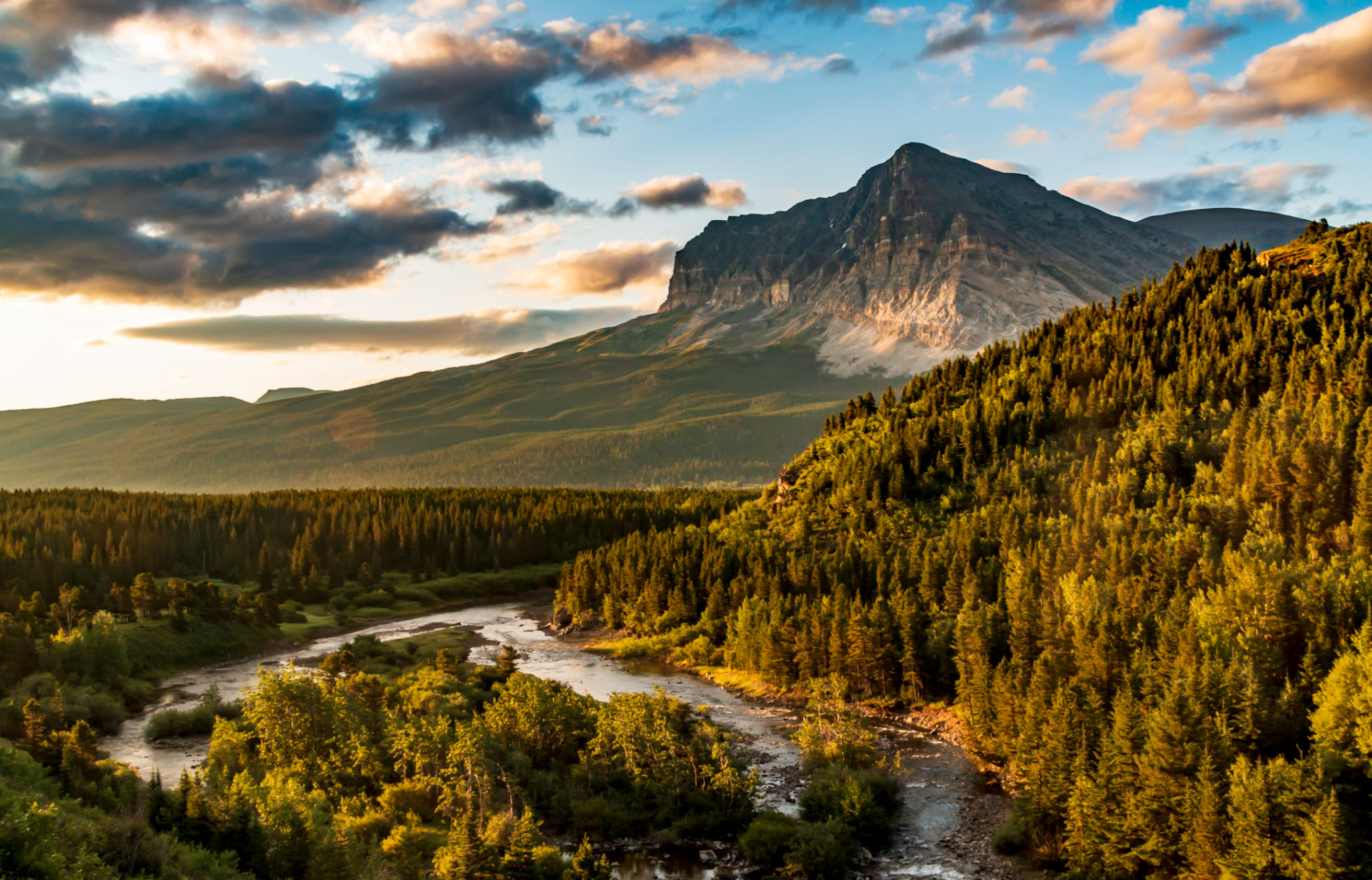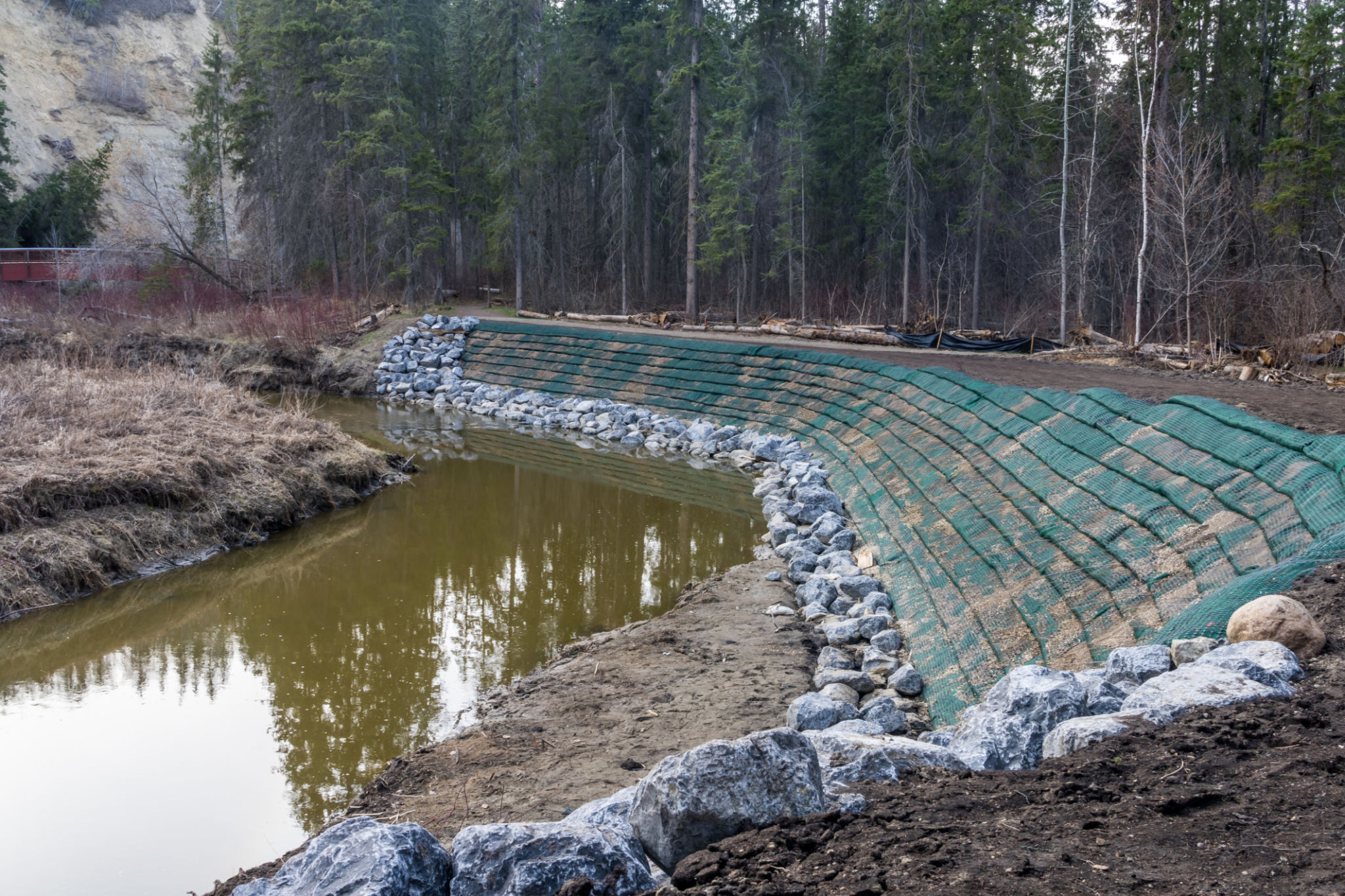Expert Insights: Choosing the Best Erosion Control Solutions in Montana
Understanding Erosion Control
Erosion control is a critical concern for landowners and developers in Montana, where diverse landscapes and weather patterns can lead to significant soil erosion. Understanding the best erosion control solutions is essential to protecting the environment and maintaining property value. This blog post will provide expert insights into choosing the right methods for your specific needs in Montana.

Assessing Your Land
The first step in selecting an erosion control solution is assessing the specific characteristics of your land. Consider factors such as soil type, slope gradient, and vegetation cover. These elements will influence the effectiveness of different erosion control methods. In Montana, areas with steep slopes or loose soil may require more robust solutions.
Engaging with a local expert or consulting an environmental engineer can provide valuable insights into the unique challenges your land presents. They can help you identify the most vulnerable areas and recommend targeted strategies to prevent erosion.
Choosing the Right Methods
There are several erosion control methods available, each with its own set of benefits and drawbacks. Here are some popular solutions used in Montana:
- Vegetative Cover: Planting grass, shrubs, or trees is a natural way to stabilize soil. Native species are particularly effective due to their adaptability to local conditions.
- Mulching: Applying mulch can protect soil from rainfall impact and reduce surface runoff. It is an economical and environmentally friendly option.
- Geotextiles: These are synthetic fabrics used to reinforce soil and control erosion. They're ideal for areas with steep slopes.

Implementing Structural Solutions
In some cases, structural solutions may be necessary to combat severe erosion issues. These include retaining walls, terracing, and check dams. Such approaches can be particularly effective in regions experiencing heavy rainfall or along riverbanks. While often more expensive than vegetative methods, structural solutions provide long-term protection against erosion.
It's essential to balance cost with effectiveness when considering these options. Collaborating with professionals who can design and construct these structures ensures they meet local regulations and environmental standards.
Maintaining Erosion Control Measures
Once you have implemented your erosion control measures, regular maintenance is crucial to ensure their continued effectiveness. This involves monitoring vegetation health, repairing any damaged structures, and reassessing the land for new erosion risks.

Periodic evaluation by experts can help identify any emerging problems early on, allowing for timely intervention. Additionally, maintaining clear documentation of all implemented measures aids in future planning and compliance with local environmental policies.
Conclusion: Sustainable Practices for the Future
Erosion control is not a one-time task but a continuous effort to preserve Montana's natural beauty and resources. By choosing the right solutions and maintaining them diligently, landowners can contribute to sustainable land management and environmental conservation.
Whether you are a homeowner, farmer, or developer, understanding and implementing effective erosion control measures is a vital step towards achieving both environmental sustainability and economic value in Montana.